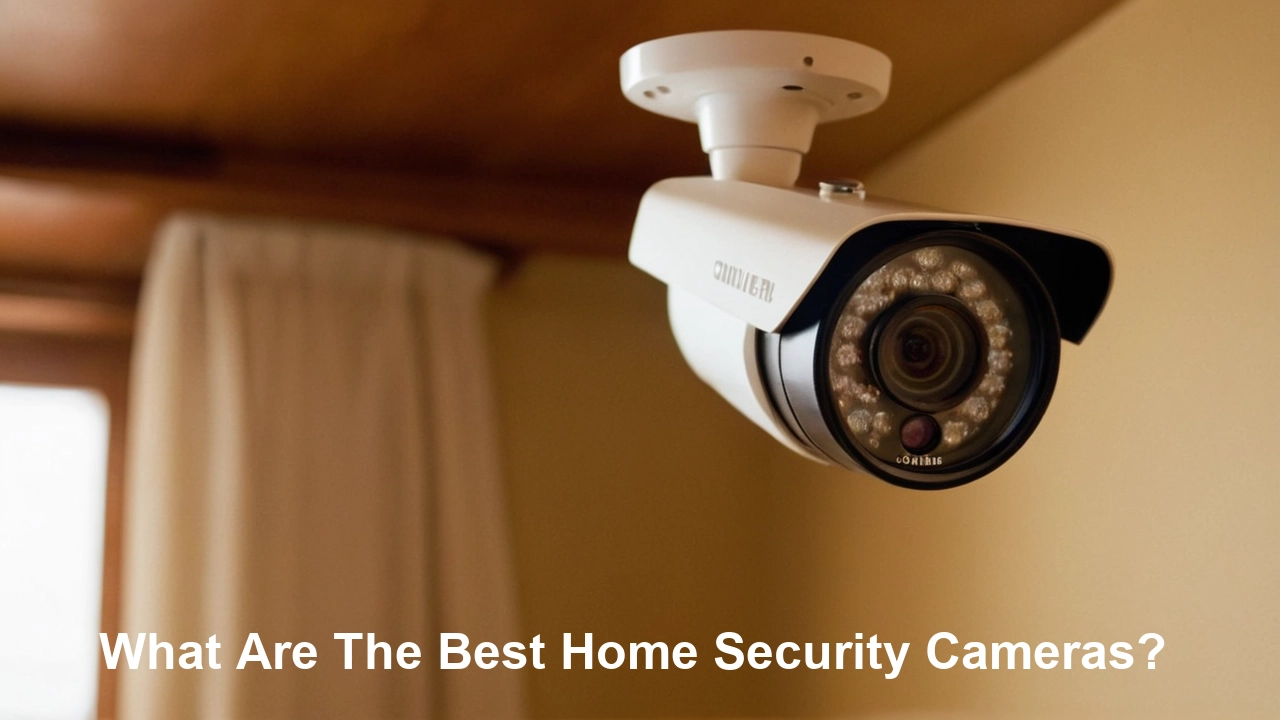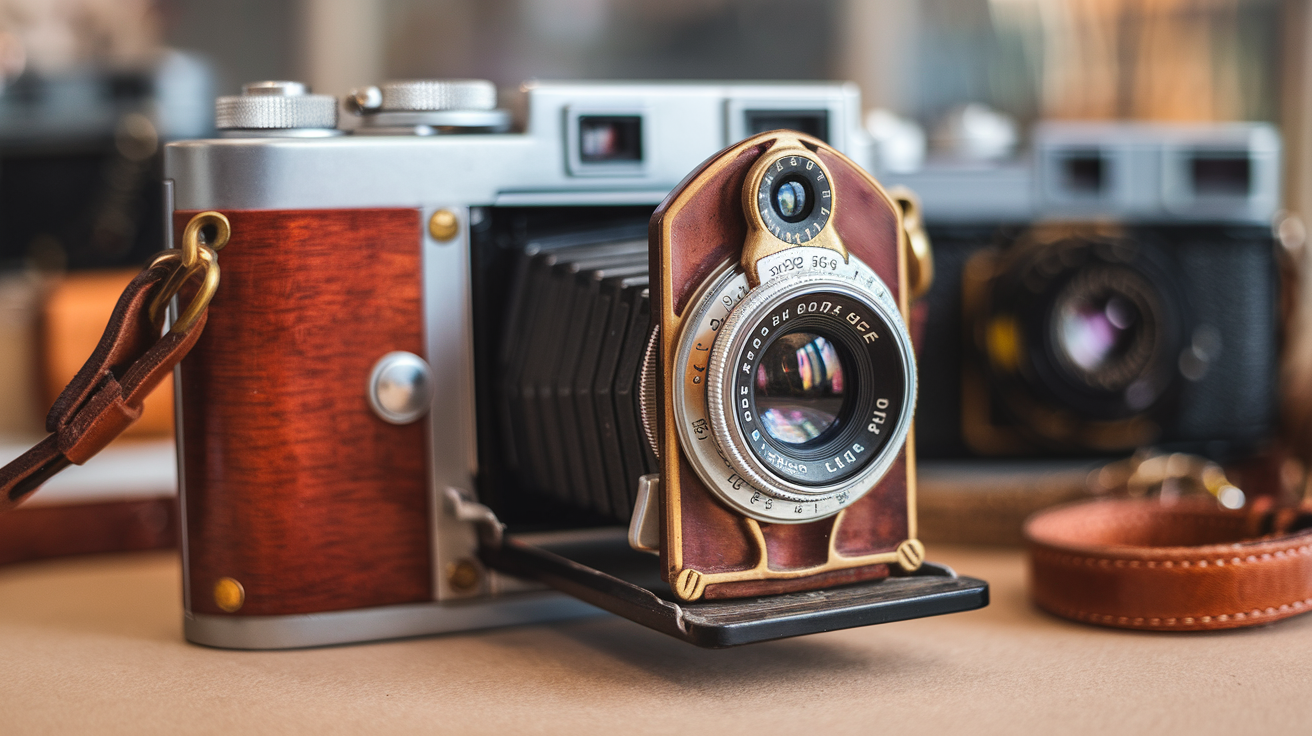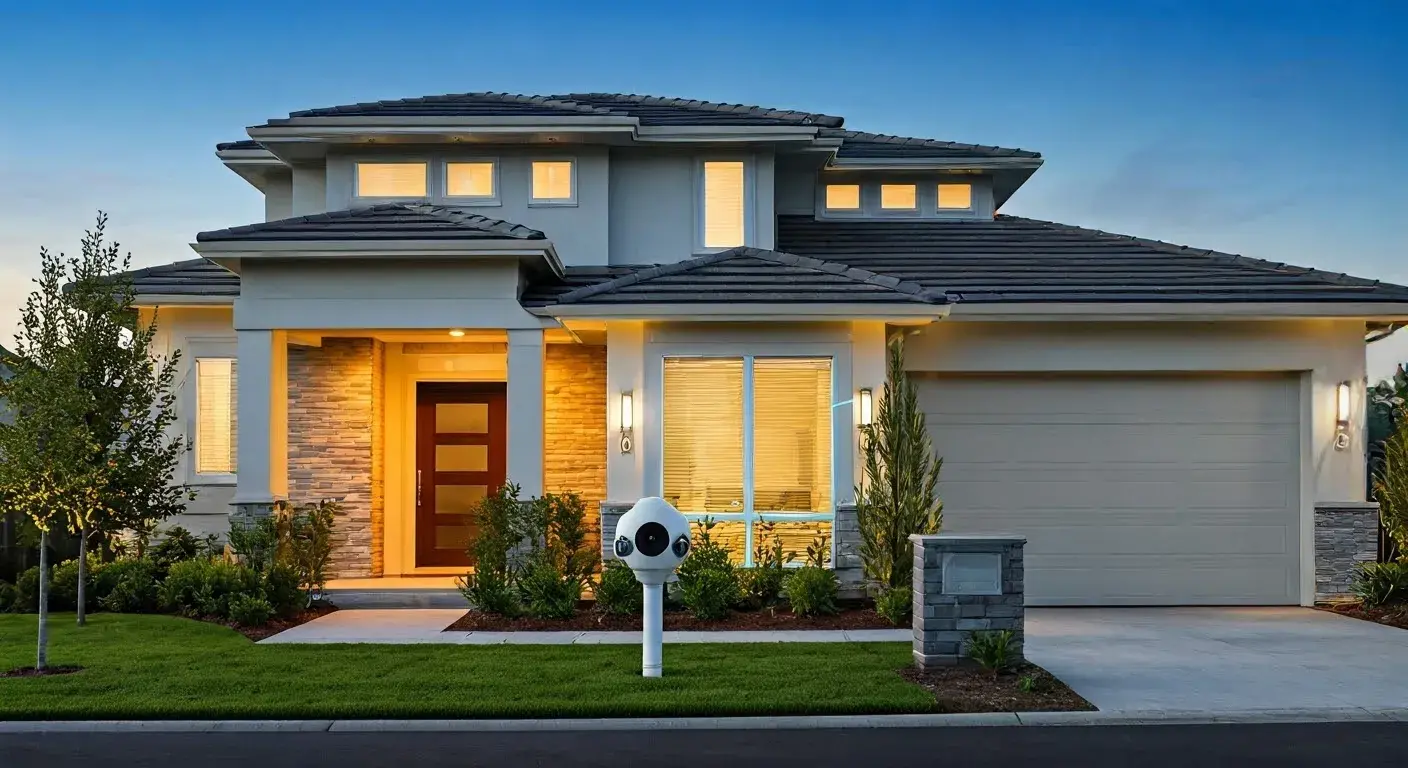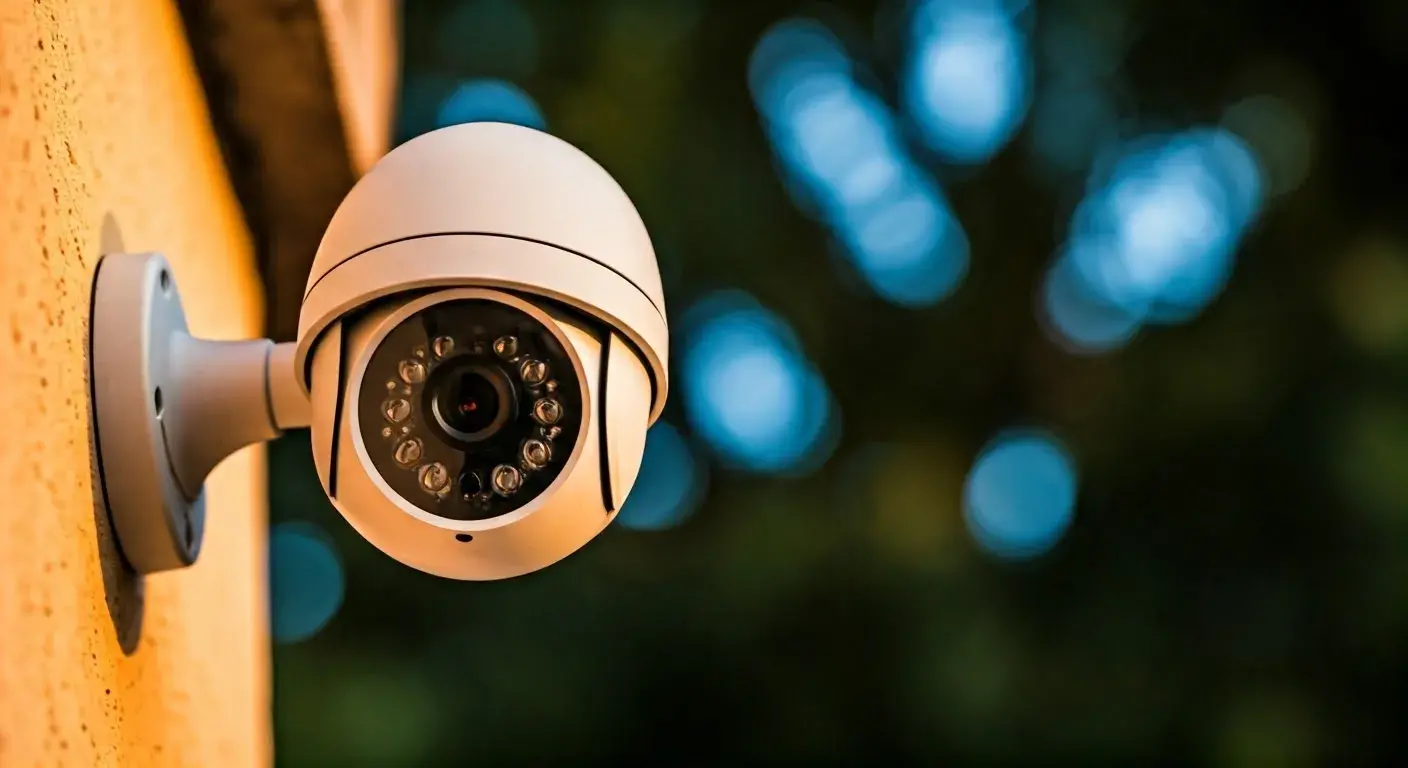Finding one that fits your demand might be very difficult with the abundance of Home Security System cameras available. Still, choosing the appropriate interior or outdoor security camera should not be a difficult chore given the following considerations. Provides details on how to choose the appropriate home security cameras and a list of the most often-used models for different categories based on test results and customer comments.
Things to Consider When Choosing a Home Security Camera
When searching for a home security camera, there are several key factors you should take into account:
Camera Quality – Better quality cameras with 1080p or 4K will capture video in better quality. Try to get at least 1080p resolution if you want to get the best experience of the gameplay.
Field of View – A higher number of fields of view greater than 100 degrees will be able to capture more room. Select the right lens type.
Night Vision Quality – Low illumination ability at night is mandatory. Make sure that the night vision range is at least 25 feet or more.
Local Storage vs Cloud Storage – The cameras that support microSD for local storage do not come with a monthly subscription but provide less storage. Cloud storage has more space available but the client pays a monthly fee.
Power – Wired cameras or wireless cameras with battery or AC Adaptor based on the location of the cameras.
Fixed vs PTZ - Fixed cameras are stationary while PTZ cameras are adjustable and can move in various directions. Make sure the camera complements your environment.
Smart Home Connectivity – To connect one device to another, check compatibility.
Best Home Security Camera Systems
Here are 10 of the best home security cameras in different categories and price points:
1. Ring Stick Up Cam
Utilizable both inside and outside the home, the Ring Stick Up Cam is the most adaptable camera available. Working with other smart devices, it records at a quality of up to 1080p HD and features motion detection, night vision, and two-way conversation. Given it runs on battery power and is wireless, installation is simple.
2. Nest Cam Indoor
Features of the Nest Cam Indoor include motion and sound detection, time-lapse, live streaming, two-way communication, free cloud storage, video quality of 1080p, and night vision, These characteristics include wireless internet access, a magnetic stand to make it simple to carry, and home automation compatibility to enable as simple usage as possible.
3. TP-Link Kasa Spot Pan Tilt
With its 360-degree pan and 90-degree tilt for complete room coverage and motion detection, the TP-Link Kasa Spot is flexible. It allows the lens swap and logs high-definition 1080p footage both during the day and at night. Regarding the configuration of wireless connections, customers may control the connection using Alexa and Google Home using voice commands. Kasa Smart app.
4. Blink Outdoor
Two years of battery life, 1080p HD video during the day, night vision, motion detection, Alexa & Google compatibility, local recording, live streaming, and audio define Blink Outdoor, a wireless, weather-resistant camera. The inexpensive monthly storage costs and simple WiFi setup provide a fantastic value proposition.
5. Arlo Pro 3
The Arlo Pro 3 has another high-quality video at 2K HDR, its color night vision, and a vast 160 degrees FOV. It is wireless, water proof thus can be fixed inside or outside the building. Additional capabilities such as auto zoom, siren alarm, motion detection, smart notifications, two-way audio, and cloud storage are also impressive.
6. Wyze Cam v3
The Wyze Cam v3 is an affordable model that supports full HD 1080p video, night vision, 130 degrees field of view, motion tagging, alerts, two-way audio, time-lapse, and local or free cloud storage, which makes it perfect for users with a limited budget.
7. Anker EufyCam 2
Anker Eufycam 2 is a completely wireless security camera system that does not require any wiring, and there is a 365-day battery life with full HD video and powerful night vision. The base system comes equipped with two indoor/outdoor cameras, 8GB local storage, human detection, IP67 weatherproof, no monthly fee, and Google, and Alexa integration.
8. Logitech Circle View
The wired Logitech Circle View captures 1080p footage with a wide-angle lens of 180 degrees and facial recognition. Apple HomeKit allows for easy and secure encryption, motion alerts, live streaming, privacy options, and free 24-hour cloud storage. It also has a design to ensure that is perfect for iPhone and iPad monitoring capacity.
9. Reolink Argus 3 Pro
The Reolink Argus 3 Pro features 33 days of battery life, 2K video recording, enhanced night vision, local storage expansion through an SD card slot, and support of WiFi connectivity. It can handle them and is very flexible with active defense features using a solar panel and siren alarm.
10. EufyCam E
The features that the Anker EufyCam E offers include 4K Ultra HD, a battery life of four months on a single charge, local storage, IP67 weather resistance, night vision, individual detection, and smart integration without recurring charges. It is available at a relatively low price for high-fidelity video quality and is suitable for high-performance devices.
As numerous home security cameras can be purchased by consumers in wired and wireless configurations, make sure to consider factors such as resolution, FoV, night vision capabilities, data storage, power, installation environment, and smart home integration depending on your priorities for a security camera. Compare the features of the most effective security cameras and choose the best one to protect your home.
Protect your home today with ADT’s top-rated security solutions!
Call now at +1 877-470-7879 to get a free consultation and find out how you can secure your home with the best in the business. Don’t wait—ensure your peace of mind with ADT!






